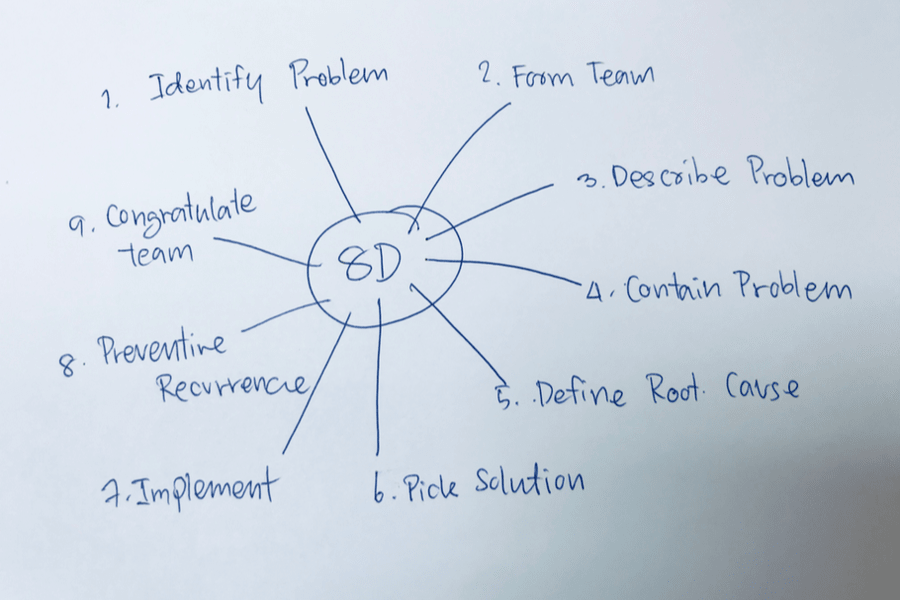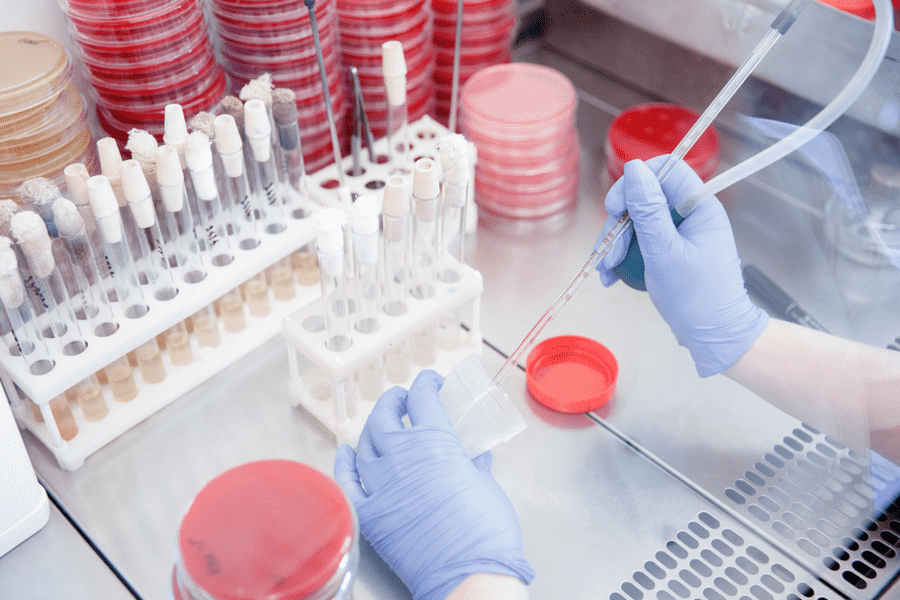Dangerous Deliveries: How Meal Kits May Pose a Risk to Food Safety
By Dilia Narduzzi
Meal kits — boxes delivered to your doorstep containing recipes and ingredients to make home-cooked meals — have been gaining steam in the food market since companies like Europe’s Hello Fresh and the US’s Blue Apron launched in North America in the early 2010s. Increases also occurred during the pandemic, as consumers purchased kits when people were staying and eating at home. A report published in November of 2020 out of the Agri-Food Analytics Lab at Dalhousie University and the app Caddle found that 12.8 percent of Canadians used a meal kit service in the six months preceding the survey; almost 5 million Canadians.
It is still incumbent on the shipper to package the food in a way that ensures it reaches the consumer where the safety of that food has not been compromised.
With the ever growing popularity of meal kits established, how do they rate overall in terms of food safety? Like many things, “it varies,” says Dr. William Hallman, Professor in the Department of Human Ecology at Rutgers University, and an expert in food safety. “There are some companies that do it really well. These ones take food safety and quality seriously.” The big players in the market have incentive to keep their customers safe, to ensure repeat business and company integrity. The process can also happen “improperly and at less expense,” says Hallman. There’s the worry that smaller companies can decide, “‘is this an easy way to get into business and make some money,’ and they fly under the radar,” says Dr. Donald Schaffner, Professor in the Department of Food Science at Rutgers University, and an expert in food microbiology.
A lot of the problem lies is in the shipping process — getting the products to customers safely. The issue is lack of regulations for this new and trending food delivery service. “Parts of the [meal kit] process are very clearly regulated,” says Schaffner. The food processing, preparing, and packaging parts of the process are definitely regulated. What’s murky is the shipping process. Meal kits have to get to the customer’s home, and even though “it is still incumbent on the shipper to package the food in a way that ensures it reaches the consumer where the safety of that food has not been compromised,” says Schaffner. Once the package is on a truck getting transported from warehouse to consumer, this step is “essentially unregulated” right now.
Hallman co-authored a study published in the journal Food Protection Trends on the food safety profile of ordering raw meat, poultry, and fish online and having it delivered to one’s home via FedEx or UPS. Part of what that research found is that even though there are obvious food safety guidelines for meat slaughter and packaging, “nobody is looking at the process once it leaves the facility,” says Hallman. Yes, a company may insulate a package of frozen meat, but can they ensure it will get to the consumer frozen? Some do, but a customer cannot assume it will.
While different than meal kits, the findings of the shipped meats study are useful because governmental food safety organizations, like the FDA, USDA, and the Canadian Food Inspection Agency “do not have jurisdiction on the post office, UPS, or FedEx,” says Schaffner. The same goes for meal kit delivery partners, which are most often “delivered using a central warehouse and last mile delivery routine,” says Hallman. This means contracted companies, with drivers who do not have food safety training, are most likely delivering these kit. Drivers are usually “incentivized on the basis of how many packages they deliver,” says Hallman, so speed is the priority. This may mean boxes are left out in the sunshine for hours before being brought into the home.
Another issue different kinds of ingredients, are packaged together to make up a box and those ingredients have different food safety requirements. This makes things complex, says Hallman, because different products need to be kept at at safe temperatures and can impact others which may be a cause for cross-contamination. If the poultry leaks onto a fresh product that’s meant to be consumed raw, that’s a problem.” (One way companies try to mitigate risk is to ship items separately need to be cooked or packaging items meant to be eaten raw in a plastic container, but the system isn’t flawless.) There could also be issues if an ingredient gets recalled. “There’s no traceback information for it,” says Hallman.
Often, buyers of meal kits skew younger, and a few companies have done a good job of providing some food safety education via their recipe cards, says Hallman. For example, using temperature guidelines like “Cook to 165 degrees” instead of “Cook for 20 minutes.” But many companies are missing this opportunity and some basic food safety information is left out. How do you safely store the products once you receive them? How do you store, reheat, and how long do you keep leftovers? Meal kits are missing food safety information on the companies’ websites or packed in the boxes,” says Hallman. Thus, consumers need to be proactive when they receive boxes. When the meal kit arrives, use a thermometer to check the proteins are cold enough and refrigerate promptly, says Hallman. Also, “visually inspect that there’s been no leakages.” If there is a problem, alert the company.
Meal kits and their delivery can be done safely, says Hallman, “The pace of innovation in the online food delivery space is quite rapid” says Schaffner. The FDA is doing their best to keep up the pace, Schaffner says, to determine the best way to ensure that these foods are as safe as foods from more conventional roots.
About the Author:
Dilia Narduzzi is a freelance writer in Hamilton, ON. She’s written for Costco Connection Canada, Canadian Grocer, The Women’s Brain Health Initiative, Country Guide, Maclean’s, and other venues. She writes on health, food, agriculture, and books.

-
 FeaturedRisk management
The Cost of a Breach: What a Cyberattack Could Mean for Food Safety Recalls
FeaturedRisk management
The Cost of a Breach: What a Cyberattack Could Mean for Food Safety Recalls
-
 FeaturedRisk management
Securing the Food Chain: How ISO/IEC 27001 Strengthens Cybersecurity
FeaturedRisk management
Securing the Food Chain: How ISO/IEC 27001 Strengthens Cybersecurity
-
 FeaturedRisk management
Revolutionizing Food Safety Training: Breaking Out of the “Check-the-Box” Mentality
FeaturedRisk management
Revolutionizing Food Safety Training: Breaking Out of the “Check-the-Box” Mentality
-
 GFSI Standards
GFSI 2025: Building Trust, Tech-Forward Solutions, and Global Unity in Food Safety
GFSI Standards
GFSI 2025: Building Trust, Tech-Forward Solutions, and Global Unity in Food Safety
-
 FeaturedFood Safety
Integrated Pest Management: Strategies to Protect Your Brand’s Reputation
FeaturedFood Safety
Integrated Pest Management: Strategies to Protect Your Brand’s Reputation
-
 FeaturedFood Safety Culture & Training
No Open Door Policy: Challenges That Impact Pest Control in Food Processing Plants
FeaturedFood Safety Culture & Training
No Open Door Policy: Challenges That Impact Pest Control in Food Processing Plants




